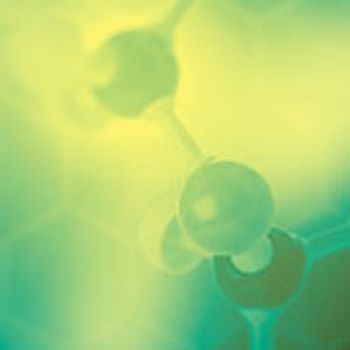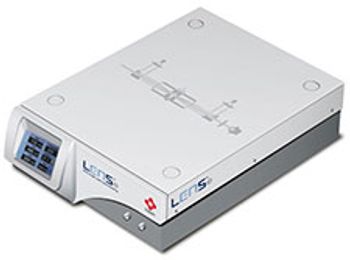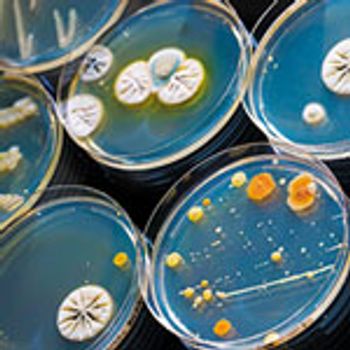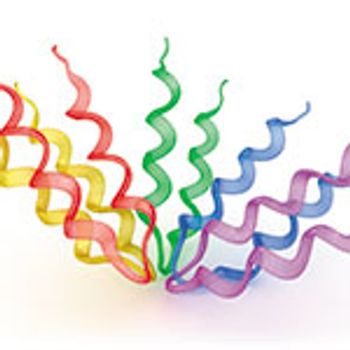
EMA plans to issue new guidance, as US and European regulators respond to reports of nitrosamine contamination in H2 blockers, including Zantac, that contain rantidine.

EMA plans to issue new guidance, as US and European regulators respond to reports of nitrosamine contamination in H2 blockers, including Zantac, that contain rantidine.

Protagen Protein Services’ recently acquired Brucker Tensor II IR spectrometer significantly expands the company’s analytical capabilities.

Instrumentation advancements over the past 30 years have certainly enabled greater efficiency in pharma development and analysis despite slow adoption by the industry.

Excipients and new processing techniques can make a real difference in the development of highly potent therapies.

Metrohm gains B&W Tek’s line of spectroscopy instruments as well as expertise and facilities.

Knauer has introduced new columns and screening services for the enantioseparation of chiral substances.

The companies will join forces on a research project to develop end-to-end workflows for the preparation, characterization, and monitoring of biotherapeutics using liquid chromatography-mass spectrometry.

Tosoh Bioscience’s LenS3 Multi-Angle Light Scattering (MALS) detector offers a new approach for measuring molecular weight (MW) and radius of gyration (Rg) of synthetic polymers, polysaccharides, proteins, and biopolymers.

Waters debuted a range of new TA Instruments innovations and the BioAccord System at Pittcon 2019 in Philadelphia, PA, on March 17–21, 2019.

Katalyst D2D from ACD/Labs enables the design, planning, execution, and analysis of high throughput (HT) experiments. The web-based application was introduced at Pittcon 2019 in Philadelphia, PA.

The LenS3 Multi-Angle Light Scattering (MALS) detector, presented at Pittcon 2019 in Philadelphia, PA, uses a new approach for measuring molecular weight and radius of gyration of synthetic polymers, polysaccharides, proteins, and biopolymers.

Microsaic Systems showcased its new MiD ProteinID point-of-need mass spectrometer at Pittcon in Philadelphia, PA, from March 18–21, 2019.

HPLC coupled with charged aerosol detection is a suitable analytical technique to quantitate and characterize polysorbate-80 in therapeutic products; allowing quality assessment of raw material, content confirmation during manufacturing, and monitoring product stability.

Investigation of peak purity failure during HPLC method validation led to discovery of a co-eluting impurity under the main peak. Spectral analysis, including three-dimensional modelling, was used to characterize the peak, leading to the development of a new HPLC method for analysing impurity content.

Spectroscopic-based control methods were introduced as equivalent alternative methods, first to a gas chromatographic method to monitor an in-process solvent exchange step and second to a potentiometric titration method to release a process input material for drug substance manufacturing.

Leveraging vast quantities of analytical data requires digitalization and platform integration.

The company has built a fit-for-purpose liquid chromatography–mass spectrometry (LC–MS) system to streamline analytical monitoring tests for biopharmaceuticals.

Tornado Spectral Systems, winner of the 2018 CPhI Excellence in Pharma Award for Analysis, Testing, and Quality Control, discusses real-time process measurement for biopharmaceutical and small-molecule drug manufacturing.

Microbial identity data can be critical for determining contamination sources.

By adapting techniques from other sciences-and exploring better tools for biologics drug development-researchers are addressing challenges of protein characterization.

Research from Massachusetts Institute of Technology suggests that small chips could replace standard lab-scale spectrometry equipment for many applications.

Integration of new modeling and analytical tools with flow chemistry are notable trends.

As it investigates the root cause of an impurity discovered in valsartan, FDA extends its studies to APIs with similar synthesis processes.

Flush solutions for liquid chromatography mass spectrometry (LC-MS) systems and ultrapure solvents for ultra-high-performance LC-MS systems from Thermo Fisher Scientific can minimize interference and maximize lab instrument uptime.

Shimadzu’s Imagereveal MS mass spectrometry imaging data analysis software can analyze large sets of data or simultaneously analyze multiple sets of data.